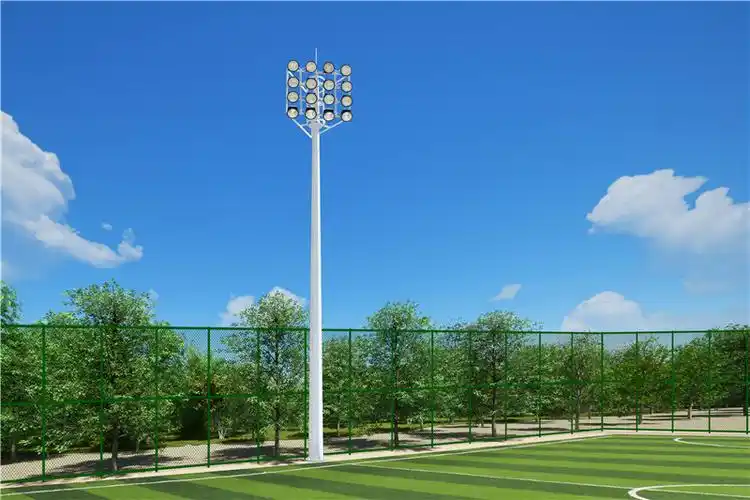LED Floodlight vs. Spotlight: Which One Should You Select?
- VKS
- Nov 28, 2024
- Uncategorized
Contemporary LEDs are small, energy-efficient, and versatile, with a wide range of applications. However, the latest trends in LED technology introduce a variety of lighting terms, standards, and specifications that can be challenging for newcomers to navigate.
The distinction between floodlighting and spotlighting can be summed up in two words: Beam Angle. LED floodlights typically have a beam angle of 45° to 120°, while LED spotlights have a narrower range of 25° to 45°.
Floodlights are powerful lighting fixtures designed to provide extensive illumination across a wide area. Typically, they feature a beam angle ranging from 45 to 120 degrees; however, wider beam angles tend to produce lower light intensity. To counteract this, manufacturers often increase the wattage of the floodlights.
Key features of flood beam patterns include high diffusion, non-directionality, and the creation of softer shadows. Due to these distinct characteristics, the range of applications for floodlighting is somewhat restricted.
Floodlighting is primarily used for outdoor and nighttime settings, with the two most prevalent applications being:
· Driveways
· Sports stadiums
Additionally, there are specialized situations where LED flood lights can be utilized, such as in the indoor lighting of large warehouses.
Spotlights derive their name from the distinct shape of their light output, which forms a sharp circular spot. To achieve a precise and focused beam, the narrow beam angle must be less than 45°, although most spotlights typically range from 25° upwards. Unlike floodlights, spotlights are directional, producing a concentrated beam that creates sharper shadows. They are also more energy-efficient and suitable for both indoor and outdoor use. Additionally, spotlights are smaller in size compared to floodlights, making them ideal for a variety of applications.
#flood lighting # sports lighting #roject Installation#High-Efficiency Heat Dissipation

Spotlights are more compact than floodlights, which allows them to be utilized in a wider variety of settings. One of the primary uses of spotlights is for accent lighting, highlighting features such as:
· Statues
· Landscapes
· Concert stages
· And more.
Additionally, spotlights are ideal for situations where space for a light fixture is restricted, making them suitable for applications like:
· Billboards
· Rescue vehicles
· And others.
Which Option is Best for Your Application?
To put it simply, the best choice depends on your specific application. Floodlights are most effective in certain situations, such as illuminating sports stadiums, landscapes, or driveways. If your needs fall within these categories, floodlights are the way to go. For all other scenarios, a spotlight is typically the better option.
Now, let's delve deeper. Consider the following factors when selecting lighting for your application:
Location
If you're working in an indoor environment, your options may be more restricted. Floodlights might not be suitable in such cases.
Coverage Area
The coverage area is another critical consideration. How much illumination do you need for your specific application? For larger venues, floodlights are the ideal choice due to their extensive coverage. In contrast, if you're working with a smaller space, one or more spotlights may be sufficient.
Power Budget
While the power budget is a less significant factor in your lighting selection, it can simplify decision-making for decorative applications such as landscape or architectural lighting. Keep in mind that floodlights typically consume more power.
Niche Applications
Certain applications require specific types of lighting, such as emergency search operations on highways. Spotlights, with their extended range, effectively illuminate narrow roadways, and their compact design makes them suitable for mounting on police vehicles.
Conclusion
At first glance, spotlights and floodlights may appear quite similar, but a closer examination reveals their significant differences. Floodlights are large and robust, designed to emit a substantial amount of light over a wide area. In contrast, spotlights are compact and streamlined, producing a narrower beam of light that is highly concentrated, albeit with a lower overall output.
We trust that this article has enhanced your understanding of LED lights, particularly the key distinctions between spotlights and floodlights. If you're seeking our recommendation for LED lighting solutions, we suggest considering RC Lighting.
We offer a wide array of lighting services, including LED spotlighting and floodlighting. Among our most sought-after solutions are indoor track spotlighting, architectural floodlighting, LED light bars, and underwater LED lights.



